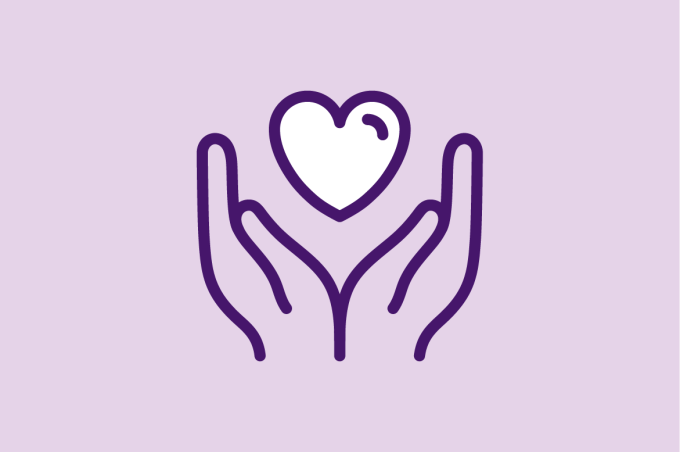The patient-physician relationship is rapidly evolving into a dynamic and open partnership and patient portals have served as a catalyst for that transformation by revolutionizing how patients interact with their health care teams. But patient portals have also created a surge of new administrative tasks for care teams to complete as they struggle to respond to the deluge of inbox messages in a timely manner.
An AMA toolkit, however, provides a five-step process for enhancing patient portals, “Patient Portal Optimization, Engage Patients While Minimizing Care Team Burden” explains each step and tells how to use portals to improve care without adding more burdens to staff. The toolkit is also enduring material and designated by the AMA for a maximum of 0.5 AMA PRA Category 1 Credit™.
The AMA STEPS Forward® toolkit, “Patient Portal Optimization: Engage Patients While Minimizing Care Team Burden,” is part of the AMA Ed Hub™, an online learning platform that brings together high-quality CME, maintenance of certification, and educational content from trusted sources, all in one place—with automated credit tracking, and reporting for some states and specialty boards. Learn about AMA CME accreditation.
From AI implementation to EHR adoption and usability, the AMA is making technology work for physicians, ensuring that it is an asset to doctors—not a burden.
Empowering patients to be partners
The toolkit is designed to help practices develop the workflows and technological tools needed to optimize the patient portal component of the EHR inbox for both patients and the care team.
“Patient portals provide a variety of self-service tools which, if used optimally, can empower patients and transform their role from recipient of health care to partner in health care,” the toolkit says. Nevertheless, “the increasing use of patient portals and expectations around care team availability for asynchronous communication has also challenged physicians' work-life integration and contributed to professional burnout.”
Technological advancements provide the ability to shift some “production-line” tasks to the patient, the toolkit says. These include completing intake questionnaires and surveys, answering screening questions, noting chief complaints and history of present illness information, entering remote monitoring data and attaching photos, forms and documents.
The five-step process explains how it can be done.
Understand how the patient portal can help physicians, care teams and patients. Patient portals can serve as tools to enhance the patient-physician relationship as patients can gain real-time access to clinical information while physicians and care teams can share information such as recent visit notes, explanations of common lab abnormalities and opportunities to enroll in clinical trials and research studies.
Set patient expectations for patient portal use. The toolkit recommends providing new patients with a printed handout that outlines reasonable expectations for responses and guidelines for portal use. A sample document is provided and suggested content includes:
- Communicating the expected response time to patient messages.
- Setting character limits for portal messages.
- Restricting the ability to send messages unless patients have seen the physician within a certain timeframe such as the past one to two years or if they have an upcoming visit scheduled.
- Alerting patients that they could be charged for patient portal messages that require clinical decision-making.
Go upstream to prevent messages from being sent in the first place. Consider how some messages can be prevented and how changes can preempt the need for a patient to send the message. An example of this in the toolkit notes that refill requests for medications used for treating chronic conditions can be reduced by prescribing a 12- to 15-month supply. Also helpful are after-visit summaries that may anticipate questions patients may have after a recent visit.
Optimize the office workflow for handling patient messages. Develop a team-based approach to managing messages with a foundational principle being that the physician should not be the main triage point for incoming messages or the primary manager of the inbox. Most messages can be addressed by nonphysician members of the care team.
Convert patient portal messages to billable encounters. Physicians must break their own habit of responding to complex messages and giving medical advice on their own time. Patients must know that portal communication should not replace a telehealth or in-person physician visit when one is needed.
Schedule templates can be redesigned to include slots for addressing messages with telehealth visits. The toolkit acknowledges that some patients may feel annoyed at having to wait or potentially pay a copay to get their question answered. But others may feel more satisfied knowing their physician is devoting time to discussing their concerns instead of simply sending out a curt reply via the portal.
The toolkit suggests that messages regarding new symptoms, adjusting medications and chronic disease follow-up visits would be reasonable telehealth encounters.
Reducing low-value work
Optimizing the use of patient portals has the potential to promote patient engagement in their own care, boost efficiency and lower physician burnout.
“While there is some time investment for practices and individual physicians to set up appropriate team-based workflows and implement new technologies, patient portals should ultimately allow physicians to engage in less low-value work—not more—each day,” the toolkit says.




